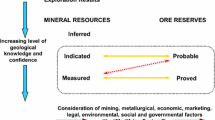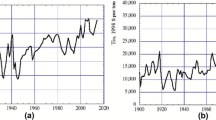Abstract
A regional stock and flow model for an industrial metal was developed based on the substance-flow framework. Using this model, the contemporary copper cycle of the Asian region was constructed by aggregating country-level production and import and export data for different stages of the copper cycle. The reliability and availability of data were assessed both qualitatively and quantitatively. Asia as a region is a net importer of copper. There is a significant build-up of copper in use at a rate of nearly 3 Tg Cu/year. The per capita generation of copper waste (0.4 kg Cu/(capita-year)) and the rate of secondary recovery of copper are low compared with Europe and North America. Japan's rates of use, waste generation, and recycling of copper are all much larger than the continental average. A tremendous potential exists in the region to utilize the copper content of the in-use reservoir, and subsequently to enhance copper recycling rates in the future. A set of metrics for the copper cycle is suggested in order to address sustainability issues related to resource policy and the environmental management of copper.
Similar content being viewed by others
Author information
Authors and Affiliations
Corresponding author
Rights and permissions
About this article
Cite this article
Kapur, A., Bertram, M., Spatari, S. et al. The contemporary copper cycle of Asia. J Mater Cycles Waste Manag 5, 143–156 (2003). https://doi.org/10.1007/s10163-003-0096-4
Received:
Accepted:
Issue Date:
DOI: https://doi.org/10.1007/s10163-003-0096-4




